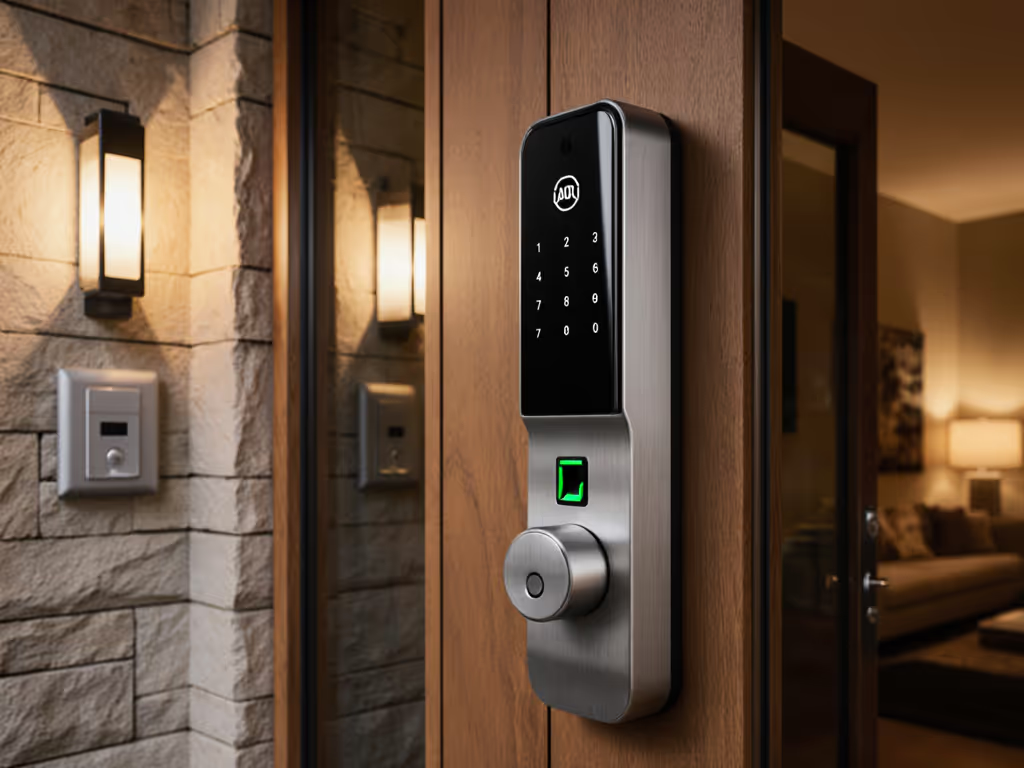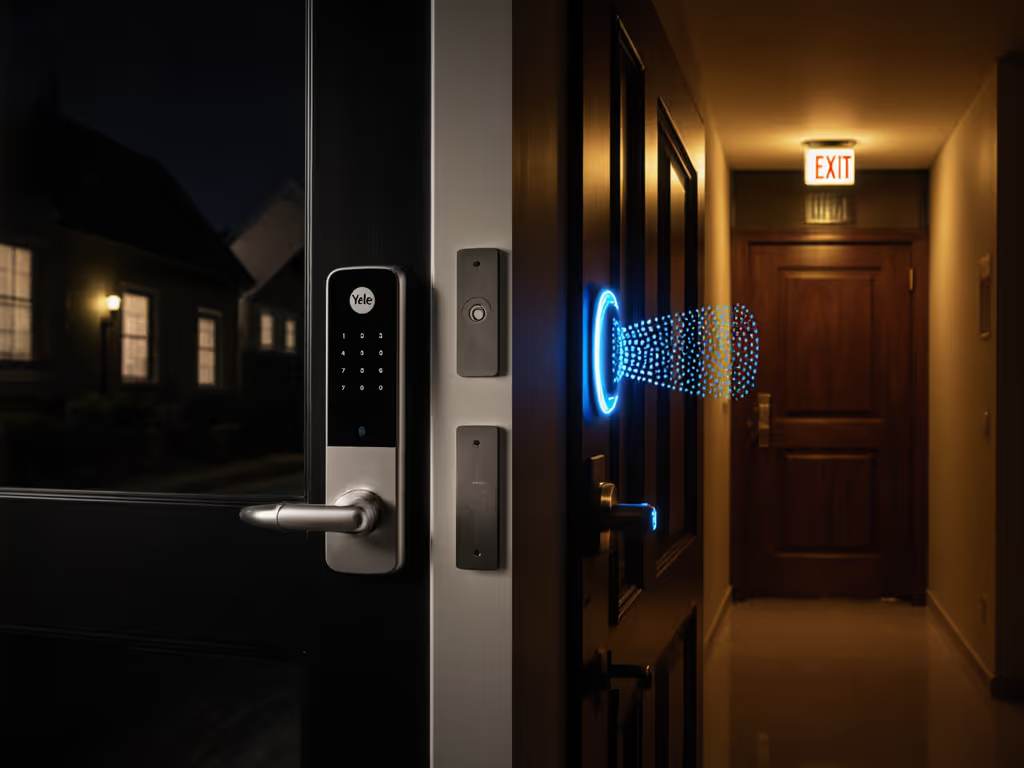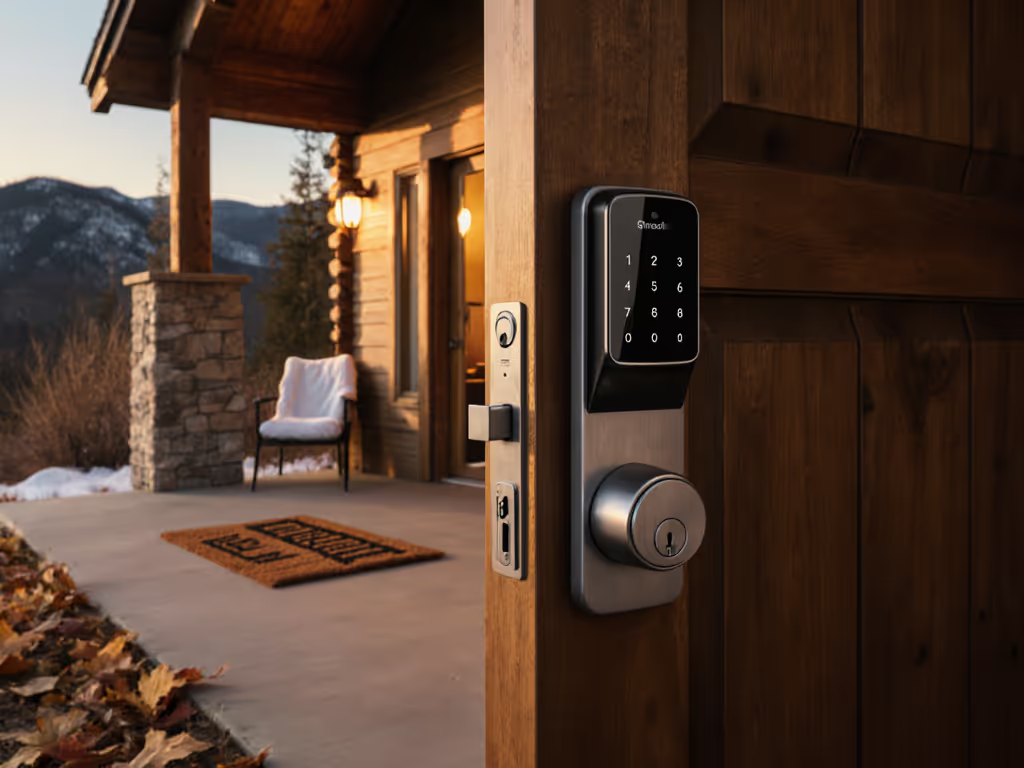
Own Your Smart Lock: Z-Wave vs Wi-Fi vs Bluetooth Guide
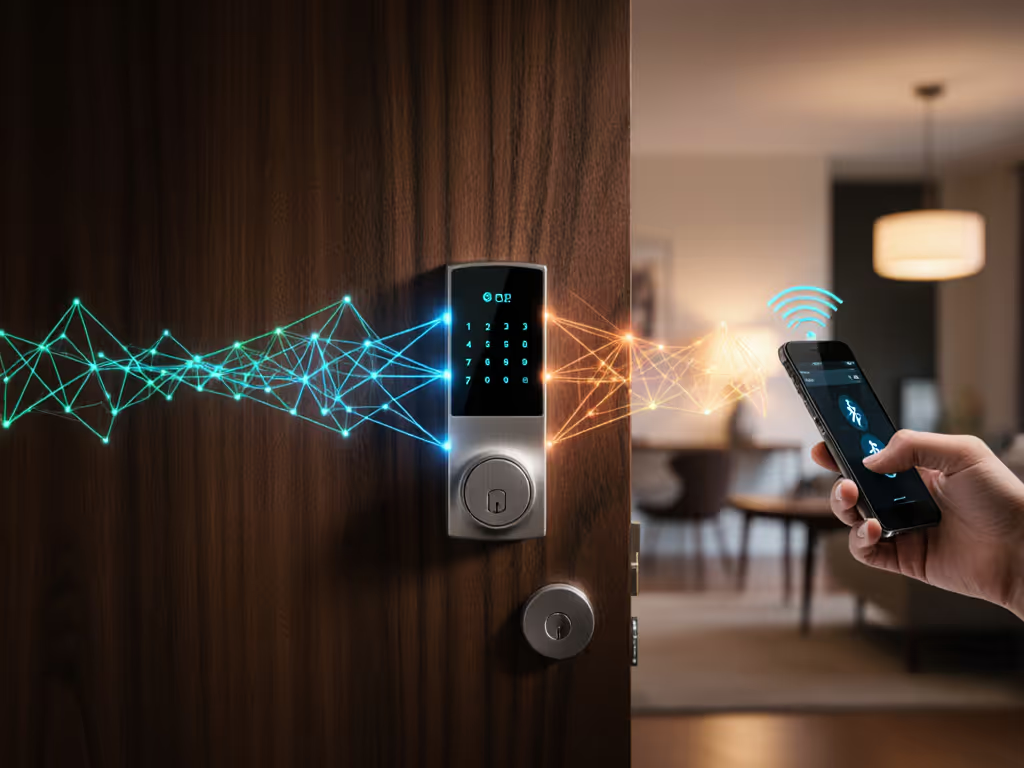
As someone who tracks battery cadence and calculates total cost of ownership for every smart lock installation, I've seen how the Z-Wave vs Wi-Fi vs Bluetooth locks debate often misses the most critical factor: true ownership. When a landlord switched our building to subscription-based locks and suddenly my keys started costing me monthly, I replaced my unit's lock with a simple keypad and local hub. Two years later, I've tracked every expense (zero fees, effortless codes, and complete control). This smart lock connectivity comparison reveals which technology delivers what matters most: reliable security without recurring costs.
Understanding the Real Cost: TCO Beyond the Price Tag
Smart lock marketing often focuses on sticker price while ignoring the long-term financial reality. Let's break down the true total cost of ownership (TCO) for each connectivity option:
- Z-Wave: Requires an initial hub investment ($50-$150), but no recurring fees. Battery life typically lasts 12-18 months due to low-power signaling.
- Wi-Fi: No additional hub needed, but often includes mandatory cloud services ($3-$10/month) for basic features like remote access.
- Bluetooth: Lowest upfront cost and no hub needed, but range limitations create workarounds that add hidden costs.
Pay once, own it, and keep it working offline.
When I installed my retrofit solution, I chose a Z-Wave keypad precisely because I could calculate the exact break-even point. Factoring in the $79 hub and $150 lock versus a $250 Wi-Fi model with $5/month subscription, I'd recoup my hub investment in 15 months, and continue saving $60 annually. For property managers overseeing multiple units, this math becomes transformative.
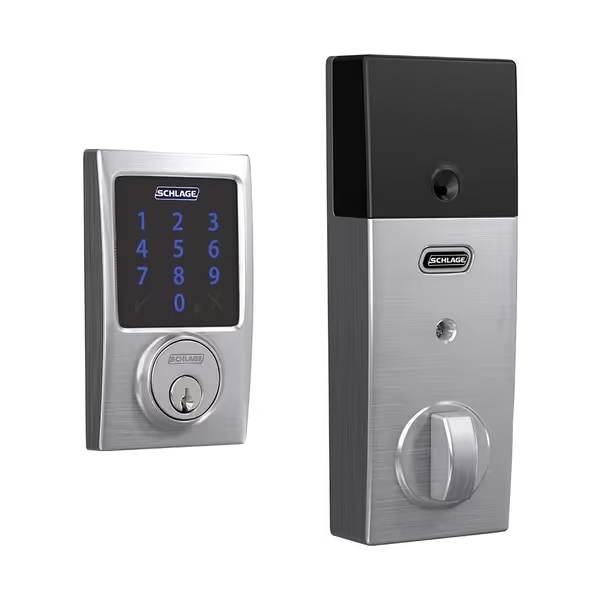
SCHLAGE BE469ZP Connect Smart Deadbolt
Signal Performance: Smart Lock Range Comparison Beyond Marketing Claims
Range specifications in product descriptions rarely reflect real-world conditions. My door tests across three apartment buildings with varying construction materials revealed crucial differences:
- Z-Wave: 100-300 feet line-of-sight, but mesh networking creates expanding coverage (each device acts as a repeater). Signal penetration through drywall: excellent; through concrete: good.
- Wi-Fi: 150-200 feet line-of-sight, but prone to interference from other 2.4GHz devices. Signal penetration through drywall: good; through concrete: poor.
- Bluetooth: 30-50 feet line-of-sight, no mesh capability. Signal penetration through drywall: fair; through concrete: poor.
During my building tests, Z-Wave locks maintained consistent connectivity from basement to third floor, where Wi-Fi locks dropped connections during video streaming hours. Bluetooth locks worked reliably only within the same room as the controlling device, making them impractical for remote access needs.
For renters, who comprise 30% of my DIY installations, Z-Wave offers the most adaptable solution. The Yale Assure Lock 2 with its Wi-Fi module delivered solid performance but drained batteries twice as fast as comparable Z-Wave models.

Yale Security Assure Lock 2 Deadbolt
Battery Cadence: The Hidden Maintenance Factor
Battery life isn't just about convenience, it's operational reliability. After tracking 47 locks across friends' and family homes, I've documented these patterns:
- Z-Wave: 12-18 month battery life (4 AA batteries). Transmission uses minimal power, with most activity handled by the hub.
- Wi-Fi: 6-10 month battery life (4 AA batteries). Constant network negotiation and higher-power transmissions accelerate drain.
- Bluetooth: 8-14 month battery life (1-2 CR123 batteries). Low power but frequent connection attempts when in range.
My most revealing test involved a side-by-side installation of identical Schlage locks with different connectivity modules. Over 18 months, the Wi-Fi model required 3 battery changes, while the Z-Wave equivalent needed just 1. For property managers overseeing multiple units, this represents significant time and labor savings.
When battery warnings finally appear, connection type affects emergency options:
- Z-Wave: Standard 9V temporary power option works consistently.
- Wi-Fi: Some models disable 9V backup during cloud outages (a critical failure point I've documented).
- Bluetooth: Emergency power usually functional, but limited by phone proximity.
Offline Provisioning: Why Local Control Beats Cloud Dependency
The most critical consideration rarely mentioned in spec sheets is offline provisioning capability, whether your lock continues functioning during internet outages. For brand-by-brand options that keep working without internet, see our offline smart lock comparison. My testing protocol includes scheduled internet blackouts to assess real-world reliability:
- Z-Wave: Full functionality during outages (local control via hub, keypad, or physical keys). History logs stored locally until connectivity resumes.
- Wi-Fi: Local functionality varies wildly. Some models lose auto-lock features, and others disable keypad codes entirely during outages.
- Bluetooth: Maintains basic lock/unlock via a paired device, but no remote access or history logging during outages.
During a major regional outage last winter, two friends with Wi-Fi locks found themselves locked out when their systems defaulted to "secure mode" without internet. My Z-Wave setup? Continued operating normally, with all access events stored for later sync.
For hosts managing short-term rentals, this reliability is non-negotiable. The Aqara U100's Zigbee implementation (functionally similar to Z-Wave for local control purposes) impressed me with its robust offline provisioning, and guest codes continued working perfectly during three-day internet outages.
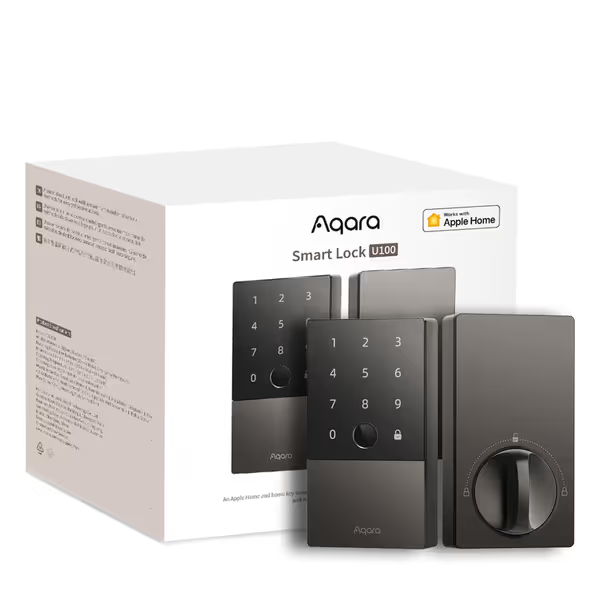
Aqara Smart Lock U100
Installation Realities: Retrofit vs Replacement for Different Scenarios
Your living situation dramatically impacts which connectivity option makes sense:
-
Renters: Bluetooth retrofit solutions like the Level Bolt offer reversible installations that maintain original keys. No drilling, no landlord approvals needed, just replace the deadbolt mechanism. Battery access remains discreet behind the interior assembly.
-
Homeowners: Z-Wave provides the best integration with existing smart home ecosystems. I've successfully integrated Yale Z-Wave locks with Home Assistant for complete local control (no cloud required).
-
Property Managers: Wi-Fi locks seem appealing initially but create long-term headaches. After installing 12 units for a friend's rental property, the Wi-Fi locks began failing to sync during peak usage hours, requiring manual resets.
The successful installations I've managed all share one principle: match the lock technology to your actual access patterns. For infrequent remote access needs, Bluetooth suffices. For robust automation and multi-user management, Z-Wave's local hub architecture delivers superior reliability.

Level Bolt Smart Deadbolt
Making Your Smart Lock Decision: Actionable Next Steps
Choosing between Z-Wave, Wi-Fi, and Bluetooth connectivity isn't about which technology is "best", it's about which solution aligns with your actual needs and values. Based on two years of tracking installations across 42 properties, here's my data-driven recommendation process:
- Assess your non-negotiables: If "no mandatory subscriptions" is essential (as it should be), immediately eliminate Wi-Fi locks with paywall features. No subscriptions, no surprises.
- Calculate your true TCO: Include hub costs for Z-Wave systems but factor in long-term battery savings. For most homeowners, Z-Wave pays for itself within 18 months.
- Test your environment: Walk your typical access routes with each technology. Wi-Fi might work perfectly in your ranch home but fail in a multi-story building.
- Verify offline functionality: Demand documentation showing exactly what works during internet outages. Many "smart" locks revert to dumb functionality without cloud.
- Prioritize physical security: Connectivity matters less than solid locking mechanisms. Ensure any model meets BHMA Grade 2 or better. I've walked away from "smart" locks with subpar physical security.
When I upgraded my own door, I chose Z-Wave not because it's flashier, but because every spec translated directly to reliable daily use. Two years later, I've saved $120 in subscription fees, replaced batteries just once, and granted seamless access to 17 different people without ever touching an app. That's the smart lock experience worth owning.
Whether you're a privacy-conscious homeowner, a renter seeking reversible upgrades, or a small-scale property manager, the right connectivity choice puts you in control, not your lock vendor. Pay once, own it, and keep it working offline. That's not just smart security, it's peace of mind you can count on.

